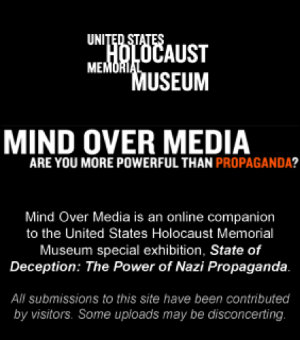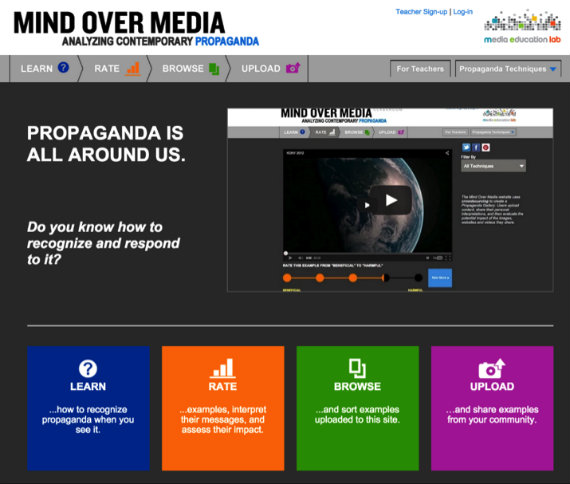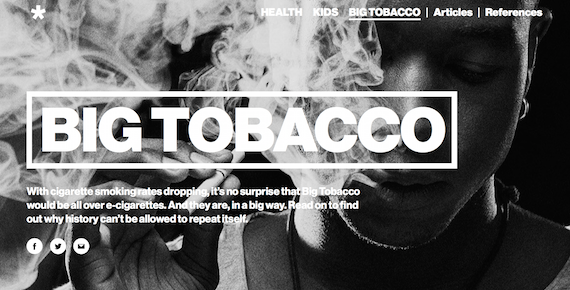Propaganda Isn’t History – It’s Current Events

Most educators I know who teach propaganda stick with examples related to America’s involvement in WWI and WWII. These teachers present propaganda as something that occurred in the past. They might even teach with the many propaganda posters that were present at that time and introduce the common “techniques of persuasion.” (New Mexico Media Literacy Project, 2007)
But propaganda is not something that just existed in the past: it is happening today—all around us. Are most educators taking advantage of this fact? I don’t think so. And neither does my colleague, University of Rhode Island media educator Renee Hobbs.
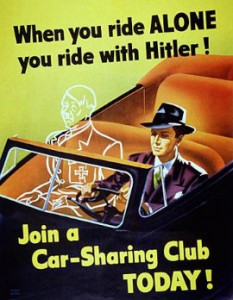
“But propaganda is an important part of our lives today. As a form of strategic communication that uses any means to shape attitudes, beliefs and behaviors, propaganda can be beneficial or harmful depending on the author’s purpose, context and situation,” she said.
What is more powerful than propaganda
The creation of the Mind Over Media website grew out of Hobbs’ visit to the propaganda exhibit at the US Holocaust Museum in Washington DC. That exhibit deals with the Nazis’ sophisticated visual and written propaganda during WWII and the importance of educating the public to analyze and resist the manipulation of their minds.
Hobbs approached the educators at the Holocaust Museum about acquiring the same “Mind Over Media” title and expanding the content. She was successful and has created a new resource where she invites educators, students and others to contribute examples of contemporary propaganda. (Full disclosure, I reviewed the site prior to its unveiling and contributed examples.)
In an introductory video posted on the website the narrator says “in a world saturated by media messages, propaganda can be found in information, news, advertising or entertainment.”
The website uses crowdsourcing to create a gallery of propaganda examples. Users upload content they’ve located, share their own interpretations, and then evaluate the impact of the images, web pages or videos.
A button at the top of the website, For Teachers, offers excellent background as well as lesson plans that can be downloaded as Adobe PDF documents. Lesson plans have been correlated to Common Core ELA and History/Social Studies standards. Teachers can also use the site to address students’ digital literacy by using it to create a private, customized online gallery for students to analyze propaganda with members of their class.
The site’s simple layout includes four color-coded buttons:
► Learn…how to recognize propaganda when you see it. (Here you will find background on propaganda and the various techniques it uses.)
► Rate…examples, interpret their messages, assess their impact. (On the rate page, you can decide if a particular message is beneficial or harmful or somewhere in between.)
► Browse…and sort examples on the site. (Here you’ll find video as well as print examples.)
► Upload..and share examples from your community.
Understanding propaganda and introducing it to students
Can you define propaganda in your own words? Before introducing this topic to students, finding and identifying a definition you’re comfortable with is probably a good starting point. Most people don’t know what it is, including your students. The Mind Over Media website does a nice job of offering several different definitions.
In keeping with a comprehensive definition of propaganda, the website asks users who upload examples to identify them as belonging to one or more of these four techniques:
- activating strong emotions
- responding to audience needs and values
- simplifying information and ideas
- attacking opponents
Contemporary propaganda often takes the form of commercials, specialized websites, and even tweets and Facebook posts. As students search for examples of content that meets this definition, everyone may be surprised by what they find.

Some examples from the Mind Over Media website
Read the examples below and ask your students if they think these are examples of propaganda.
► SeaWorld, responding to criticism, publishes an op-ed in the Wall Street Journal informing readers of the changes it has made to improve the environment of the killer whales at its theme parks.
► BP (British Petroleum) broadcasts a series of TV commercials, shortly after the Gulf Oil Spill, to show that things are back to normal along the coastlines of Florida, Alabama, Mississippi and Louisiana.
► The Koch brothers, acknowledged billionaires, purchase ad time during Comedy Central’s Daily Show with Jon Stewart. Their commercial touts their business and the impact it has on America.
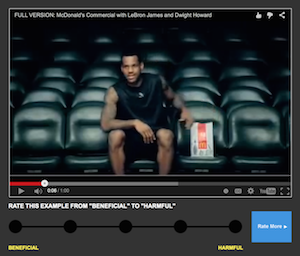
► A news photo shows President Obama flanked by doctors wearing white lab coats at a White House Rose Garden Ceremony advocating for the Affordable Care Act.
► A North Korean “exposé” of how Americans live, focused on images of street people.
As you and your students can see from these examples, propaganda comes in many shapes and forms. The more exposure students have to it, the more likely they are to understand how it works.
Resources
Want to know more about propaganda? Allow me to point you to my propaganda website at the Media Literacy Clearinghouse. You’ll find links to lesson plans, websites and readings, as well as recommended books and videos.
► The Propaganda Critic website from Aaron Delwiche is one that many educators have come to rely on.
► The National Council of Social Studies also provides its members a host of lesson plans and readings.
► The ReadWriteThink resource website also offers reading and English teachers a number of propaganda resources.
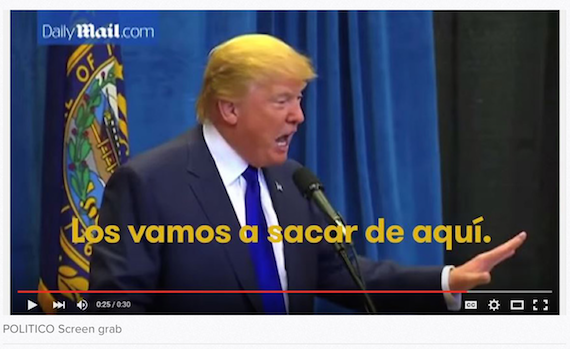
Frank W. Baker is a media literacy education consultant and the author of three books, including Media Literacy in the K-12 Classroom (ISTE, 2012). He contributed two chapters to Mastering Media Literacy (Solution Tree, 2014). He is a recipient of the National Telemedia Council‘s annual Jessie McCanse Award given for individual contributions to the field of media literacy over at least 10 years. Follow him on Twitter @fbaker and visit his resource-rich website Media Literacy Clearinghouse.

